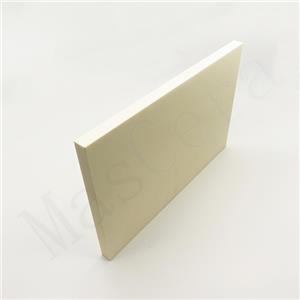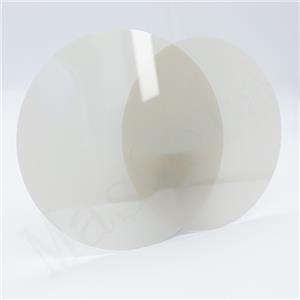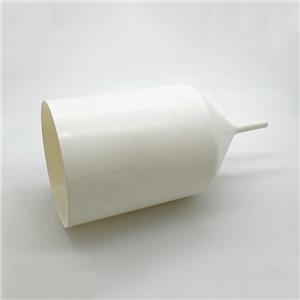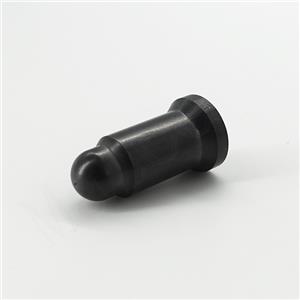Blog
-
Why Do Alumina Ceramics Discolor Under Sunlight?
Many users of Alumina Ceramics have observed that after prolonged exposure to sunlight, some components begin to show visible discoloration—often a yellowish or dull hue on the surface. While this change does not impair performance, it raises concerns about the long-term stability and appearance of the material.
23-06-2025 -
Why Do Aluminum Nitride Ceramics Show Color Variation?
Aluminum Nitride Ceramics (AlN ceramics) are widely used in high-performance applications due to their excellent thermal conductivity, electrical insulation, and high-temperature resistance. However, some users may notice slight color differences among different batches of AlN ceramics—such as light gray, off-white, or pale yellow shades. These variations are normal and do not affect the material's performance.
16-06-2025 -
Comparative Analysis of Corundum, Alumina, Cordierite, Mullite, and Corundum Mullite Refractory Ceramics
Refractory ceramics are foundational in high-temperature, structural, and thermal insulation applications. Among the many types available, five key refractory ceramics stand out for their widespread industrial use and contrasting performance: Corundum, Alumina (Al2O3), Cordierite, Mullite, and Corundum Mullite.
12-06-2025 -
Boron Nitride Ceramics for High-Temperature Applications
Boron Nitride Ceramics, especially in their hot-pressed form (HPBN), have become essential in many demanding environments where extreme heat, high voltage, chemical corrosion, or non-wettability are critical concerns. Mascera provides precision-engineered HPBN components that perform reliably in harsh conditions and meet the requirements of industries such as metallurgy, aerospace, vacuum processing, and advanced electronics.
14-05-2025 -
What is the main use of Aluminum Nitride Ceramics?
Aluminum Nitride Ceramics have emerged as one of the most important materials in modern technology. By offering an unparalleled combination of high thermal conductivity, superior electrical insulation, and robust mechanical performance, they solve critical engineering challenges across electronics, aerospace, and beyond.
13-05-2025 -
What is the Main Use of Pyrolytic Boron Nitride Ceramics?
Pyrolytic Boron Nitride stands out in modern high-temperature and ultra-high vacuum processes due to its superior thermal stability, electrical insulation, chemical inertness, and cleanliness. Whether in PBN crucibles, high-temperature insulation systems, or precision electronic manufacturing, Pyrolytic Boron Nitride meets the demanding requirements of extreme applications.
12-05-2025 -
What Is Ceramic Metallization with Molybdenum-Manganese?
Molybdenum-Manganese Metallization involves applying a composite layer of molybdenum (Mo) and manganese (Mn) onto the surface of a ceramic substrate, typically alumina. This metalized layer is sintered at high temperatures to form a durable bond. The surface is then usually nickel-plated to allow brazing with metal components.
06-05-2025 -
Benefits of Ceramic Grinding Cores for Food Use
Mascera’s alumina ceramic grinder parts, ceramic grinding cores, food-grade ceramic burrs, ceramic grinder mechanisms, and manual ceramic grinder parts deliver superior grinding quality, enhanced durability, and uncompromised food safety — making them the trusted choice for manufacturers and users worldwide.
28-04-2025 -
Physical Properties of Technical Ceramic
Different types of ceramics—based on their composition, crystal structure, and sintering process—demonstrate varying ceramic physical properties. Among them, three specific indicators are particularly critical in industrial applications and directly affect the performance, longevity, and manufacturability of technical ceramic materials: ceramic thermal expansion, thermal conductivity of ceramics, and ceramic density.
24-04-2025 -
Mechanical Properties of Technical Ceramics
To effectively evaluate and apply ceramics in industry, it's essential to understand the key ceramic properties that determine their performance under mechanical stress. These indicators provide a scientific basis for choosing the right material for your specific engineering needs.
21-04-2025




